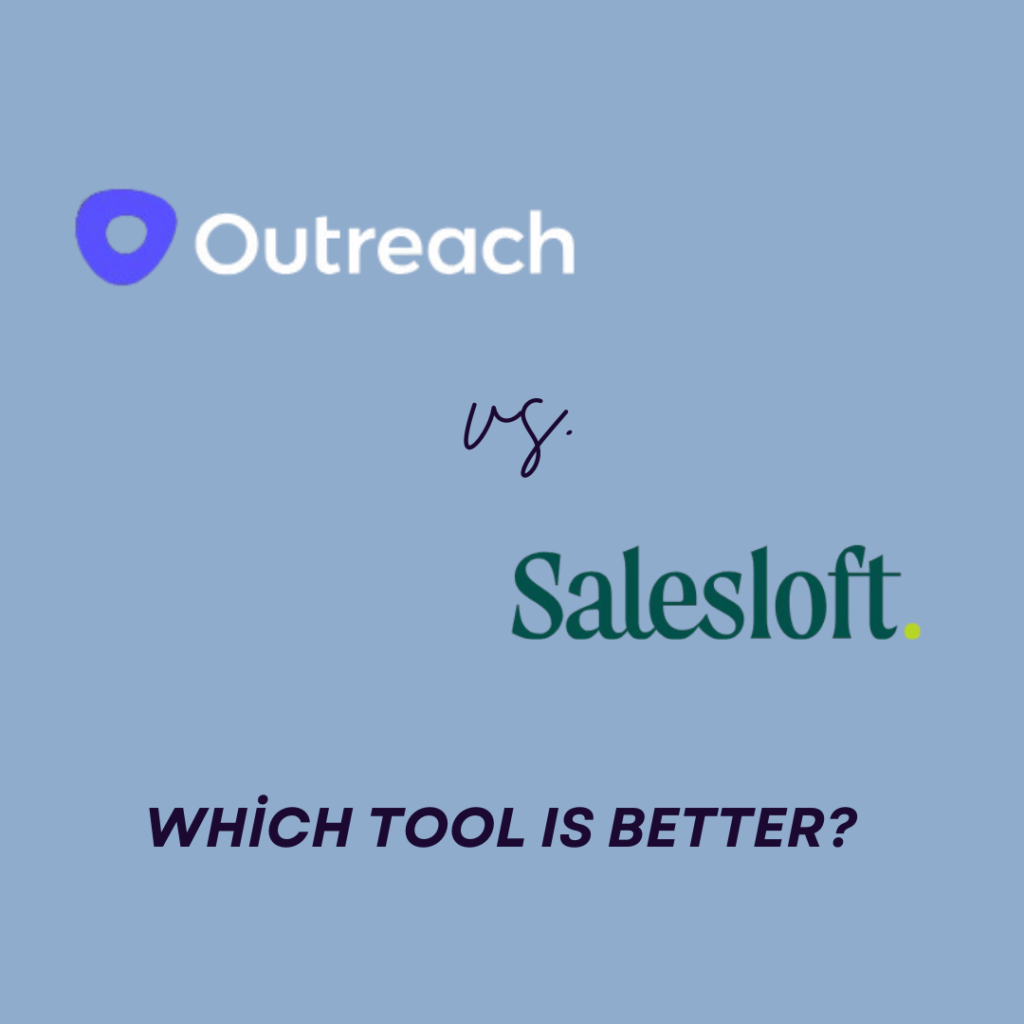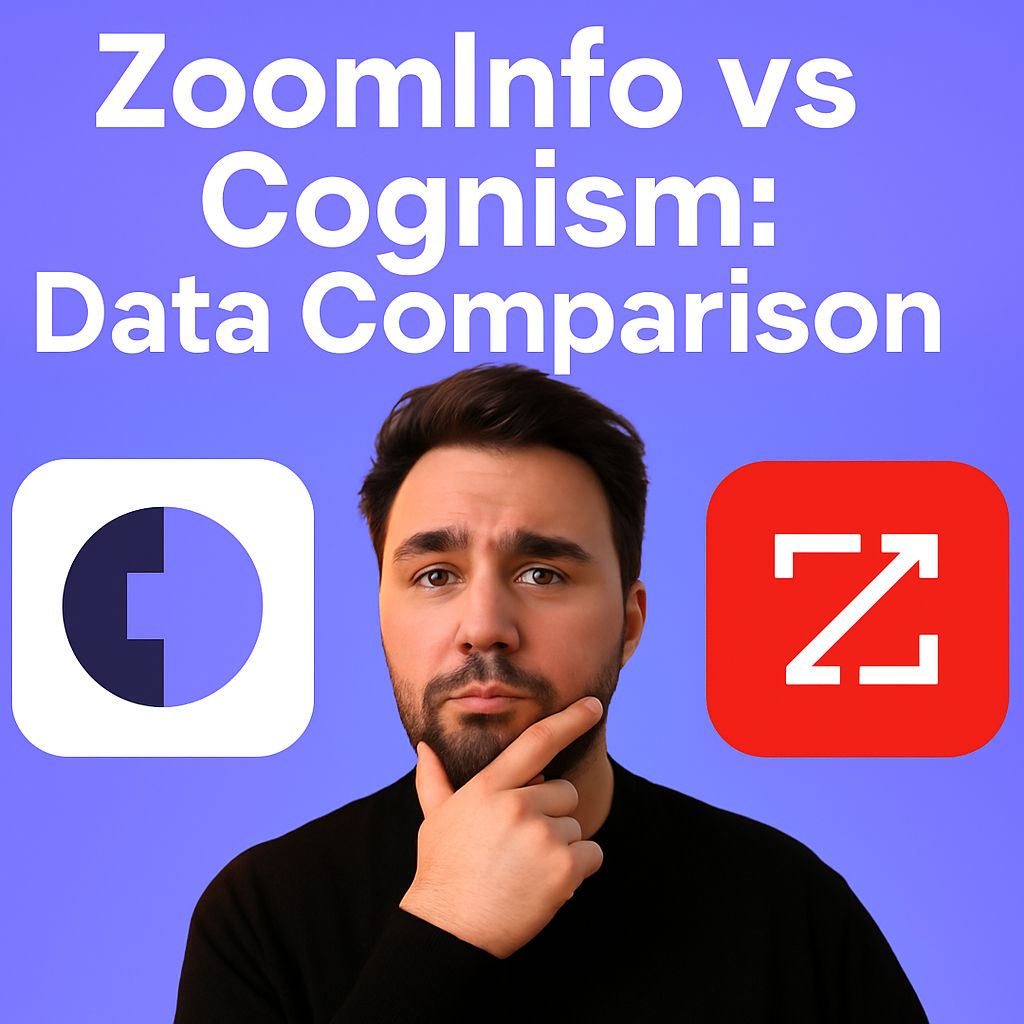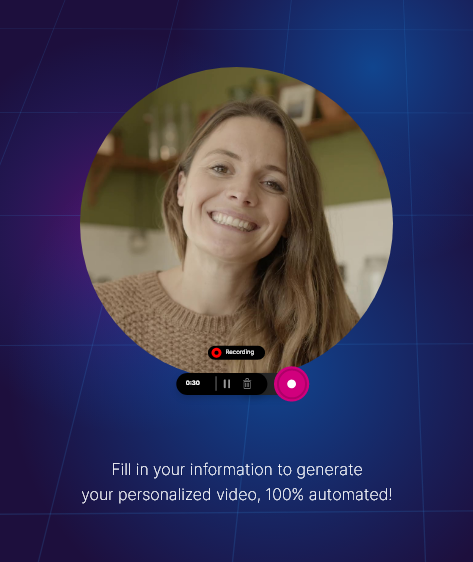In today’s rapidly evolving sales landscape, the tools we use can make or break our outreach efforts. Among the most popular sales engagement platforms, Outreach and Salesloft stand out. Both platforms have established themselves as leaders in the market, offering robust solutions to streamline sales processes and boost productivity. However, deciding between the two can be challenging, as each offers unique features, strengths, and weaknesses. This blog post will provide a detailed comparison of Outreach vs. Salesloft, helping you determine which platform is best suited for your sales team.
The Need for Sales Engagement Platforms
In the digital age, the sales process has become increasingly complex. Sales teams are no longer just cold calling or sending out mass emails; they are leveraging data-driven insights, personalizing communication, and automating repetitive tasks. This evolution has led to the rise of sales engagement platforms—tools designed to help sales teams manage their customer interactions, automate outreach, and track engagement across multiple channels.
Both Outreach and Salesloft have positioned themselves as top contenders in this space. They offer comprehensive features that enable sales teams to scale their efforts without sacrificing personalization or efficiency. But which platform is right for your organization? Let’s dive into a detailed analysis of Outreach and Salesloft to help you make an informed decision.
Overview of Outreach
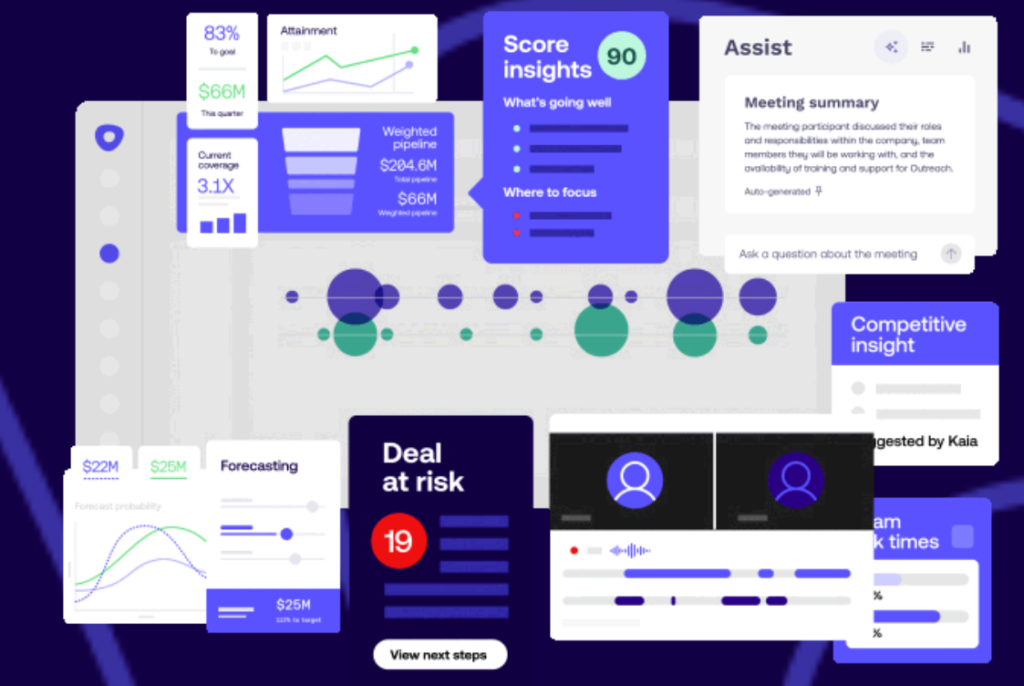
Outreach is a powerful sales engagement platform that allows sales teams to automate and optimize their outreach efforts. Founded in 2014, Outreach has grown rapidly, attracting a wide range of customers from small businesses to large enterprises. The platform’s primary focus is on increasing sales productivity by providing tools for managing sales sequences, tracking email and call performance, and integrating with other sales and marketing tools.
Key Features of Outreach
- Sales Sequences: Outreach allows users to create and manage sales sequences, automating the process of sending emails, making calls, and scheduling follow-ups. Sequences can be customized based on various criteria, such as lead status or industry, ensuring that communication remains relevant and personalized.
- Email and Call Tracking: The platform offers robust tracking features, enabling users to monitor the performance of their emails and calls. This includes open rates, click-through rates, and response rates, providing valuable insights into the effectiveness of outreach efforts.
- Integrations: Outreach integrates seamlessly with popular CRM systems like Salesforce, as well as other sales and marketing tools such as Marketo and LinkedIn Sales Navigator. This allows for a more streamlined workflow and ensures that data is consistent across platforms.
- Advanced Analytics: Outreach provides in-depth analytics and reporting features, enabling sales teams to track their performance over time and identify areas for improvement. These insights can be used to refine outreach strategies and increase overall effectiveness.
Overview of Salesloft

Salesloft is another leading sales engagement platform, known for its user-friendly interface and powerful automation features. Salesloft has also seen significant growth since its founding in 2011, with a strong focus on helping sales teams build and maintain meaningful relationships with their prospects and customers. The platform offers a range of tools designed to enhance sales productivity, from email automation to call tracking and CRM integration.
Key Features of Salesloft
- Cadence Management: Salesloft’s cadence management feature allows users to create and manage multi-channel outreach sequences, including emails, calls, social touches, and direct mail. Cadences can be customized and adjusted based on engagement metrics, ensuring that communication remains relevant and timely.
- Dialer and Messenger: Salesloft includes a built-in dialer and messenger tool, enabling sales teams to make calls and send messages directly from the platform. The dialer integrates with CRM systems, allowing users to log call data automatically and track performance.
- Integration Capabilities: Like Outreach, Salesloft integrates with various CRM systems, including Salesforce, Microsoft Dynamics, and HubSpot. It also offers integrations with other sales and marketing tools, such as ZoomInfo and Vidyard, allowing for a seamless flow of data between platforms.
- Reporting and Analytics: Salesloft provides comprehensive reporting and analytics features, helping sales teams monitor their performance and optimize their outreach strategies. Users can track key metrics such as email open rates, response rates, and call outcomes, and use these insights to refine their approach.
Head-to-Head Comparison: Outreach vs. Salesloft
So, Outreach vs. Salesloft? Now that we’ve covered the key features of both platforms, let’s dive into a direct comparison of Outreach and Salesloft across several critical areas.
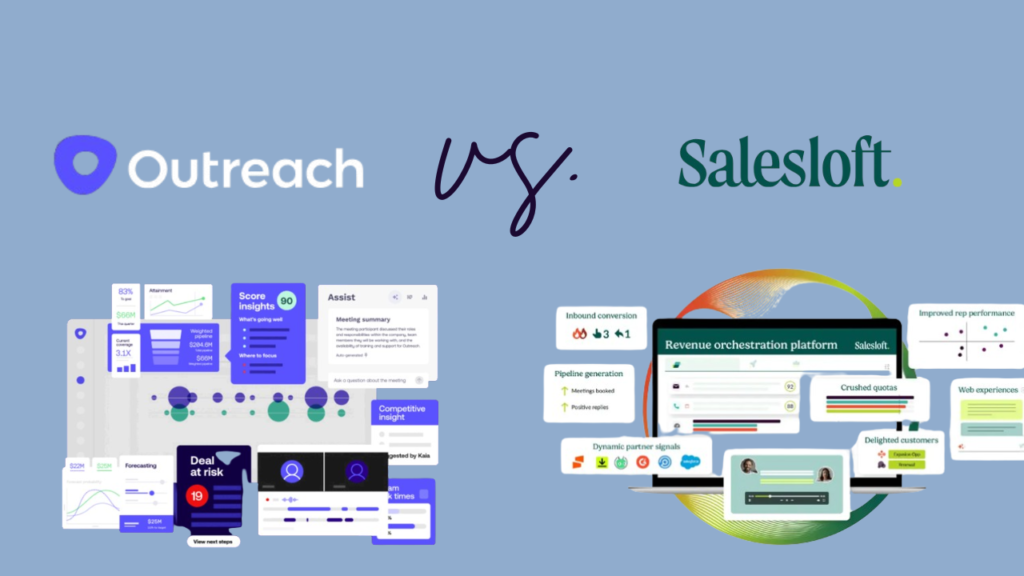
1. User Interface and Ease of Use
- Outreach: Outreach offers a clean, modern interface that is relatively easy to navigate. However, some users have reported that the platform can be a bit overwhelming at first, particularly for those new to sales engagement tools. The learning curve is somewhat steep, but once users become familiar with the platform, it becomes a powerful tool for managing outreach efforts.
- Salesloft: Salesloft is known for its user-friendly interface and intuitive design. The platform is easy to set up and navigate, making it a popular choice for sales teams of all sizes. Salesloft’s simplicity doesn’t come at the expense of functionality, as it still offers a comprehensive set of features for managing sales cadences and tracking engagement.
Winner: Salesloft wins in this category due to its more user-friendly interface and shorter learning curve.
2. Email and Call Automation
- Outreach: Outreach excels in email automation, offering advanced features such as A/B testing, email templates, and scheduling. The platform also provides robust call automation capabilities, including call recording and transcription, allowing sales teams to analyze call performance in detail.
- Salesloft: Salesloft also offers strong email and call automation features, with a focus on making the process as seamless as possible. The platform includes a built-in dialer, email templates, and scheduling tools, as well as the ability to log call data automatically in the CRM.
Winner: Outreach edges out Salesloft in this category due to its more advanced email automation features and detailed call analytics.
3. Integration with Other Tools
- Outreach: Outreach integrates with a wide range of sales and marketing tools, including Salesforce, Marketo, and LinkedIn Sales Navigator. These integrations ensure that data is consistent across platforms and allow sales teams to streamline their workflows.
- Salesloft: Salesloft also offers robust integration capabilities, with support for CRM systems like Salesforce and Microsoft Dynamics, as well as tools like ZoomInfo and Vidyard. Salesloft’s integrations are designed to enhance the overall sales process by providing a seamless flow of data between platforms.
Winner: Tie. Both platforms offer strong integration capabilities, with a wide range of supported tools.
4. Analytics and Reporting
- Outreach: Outreach provides in-depth analytics and reporting features, allowing sales teams to track performance across multiple channels. The platform’s advanced reporting capabilities enable users to gain valuable insights into their outreach efforts and identify areas for improvement.
- Salesloft: Salesloft also offers comprehensive analytics and reporting features, with a focus on making data easy to understand and actionable. The platform’s reports are highly customizable, allowing users to track the metrics that matter most to their business.
Winner: Outreach takes the lead in this category due to its more advanced reporting capabilities and detailed analytics.
5. Customization and Flexibility
- Outreach: Outreach offers a high level of customization, allowing users to tailor the platform to their specific needs. Sales sequences can be customized based on various criteria, and the platform’s integration capabilities provide additional flexibility.
- Salesloft: Salesloft also offers a good degree of customization, particularly when it comes to sales cadences. Users can create custom cadences based on their unique sales processes and adjust them as needed based on engagement metrics.
Winner: Outreach wins in this category due to its higher level of customization and flexibility.
6. Pricing
- Outreach: Outreach’s pricing is typically higher than that of Salesloft, which may be a consideration for smaller teams or businesses with limited budgets. However, the platform’s advanced features and robust capabilities may justify the higher cost for larger organizations.
- Salesloft: Salesloft is generally more affordable than Outreach, making it a popular choice for small to mid-sized businesses. The platform offers a range of pricing plans to suit different budgets, and its ease of use makes it an attractive option for teams looking to get up and running quickly.
Winner: Salesloft wins in this category due to its more affordable pricing options.
Real-World Use Cases: Outreach vs. Salesloft?
When it comes to choosing between Outreach and Salesloft, the best platform for your team will depend on your specific needs, budget, and sales process. Here are some real-world scenarios to help you decide:
- Enterprise-Level Sales Teams: For large organizations with complex sales processes, Outreach may be the better choice due to its advanced features, detailed analytics, and high level of customization. The platform’s robust capabilities can help enterprise-level sales teams scale their efforts and achieve better results.
- Small to Mid-Sized Businesses: Salesloft is an excellent option for smaller sales teams or businesses with limited budgets. Its user-friendly interface, strong automation features, and affordable pricing make it a great choice for teams looking to boost productivity without breaking the bank.
- Teams Focused on Relationship Building: If your sales team places a strong emphasis on building and maintaining relationships with prospects and customers, Salesloft’s intuitive design and ease of use may be more appealing. The platform’s focus on simplifying the outreach process can help teams create more meaningful connections with their contacts.
Data-Driven Sales Teams: Outreach’s advanced analytics and reporting features make it the ideal choice for data-driven sales teams that rely heavily on performance metrics to refine their strategies. The platform’s ability to track and analyze engagement across multiple channels can provide valuable insights that drive better decision-making.
Conclusion: Outreach vs. Salesloft—Which One Should You Choose?
So, Outreach vs. Salesloft? Both Outreach and Salesloft are powerful sales engagement platforms that offer a range of features to help sales teams boost productivity and achieve better results. While Outreach offers more advanced features and customization options, Salesloft stands out for its user-friendly interface and affordability.
Ultimately, the choice between Outreach and Salesloft will depend on your team’s specific needs, budget, and goals. For larger organizations with complex sales processes, Outreach may be the better fit, while smaller teams or businesses looking for a more straightforward solution may find Salesloft to be the ideal choice.
Before making a decision, it’s important to evaluate both platforms thoroughly and consider factors such as ease of use, automation capabilities, integration with existing tools, and pricing. By taking the time to assess your options, you can choose the platform that best supports your sales team’s success.
